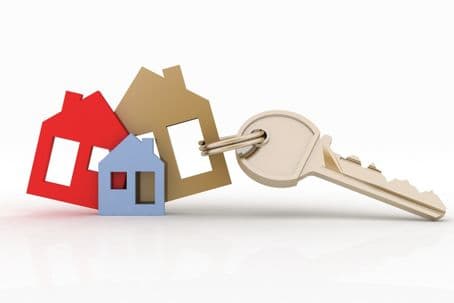10 Top Tips for Successful Buy-to-Let Property Investment: A Comprehensive Guide
Buy to Let properties can be a very attractive investment but you need to understand exactly what’s involved. Use our top tips to provide you with essential information before you buy.

